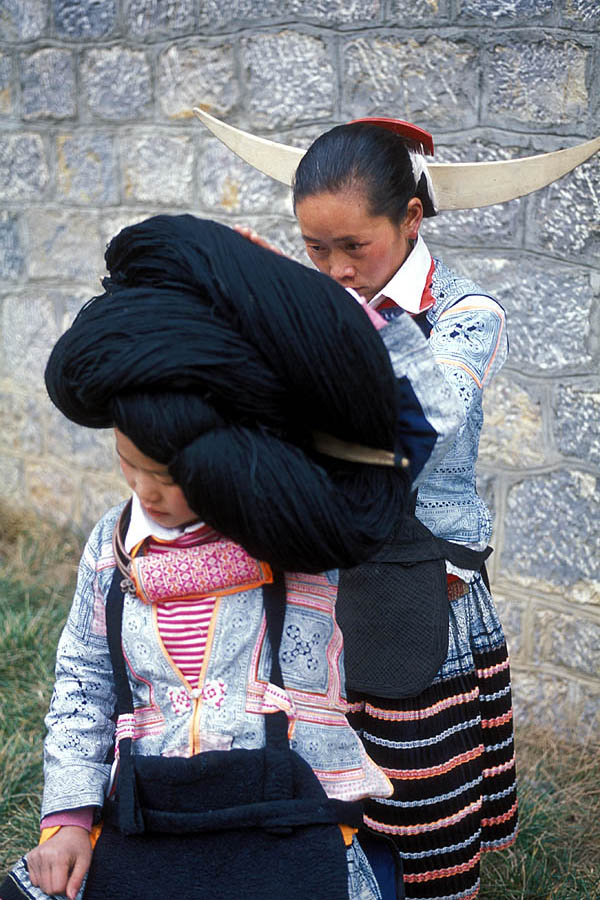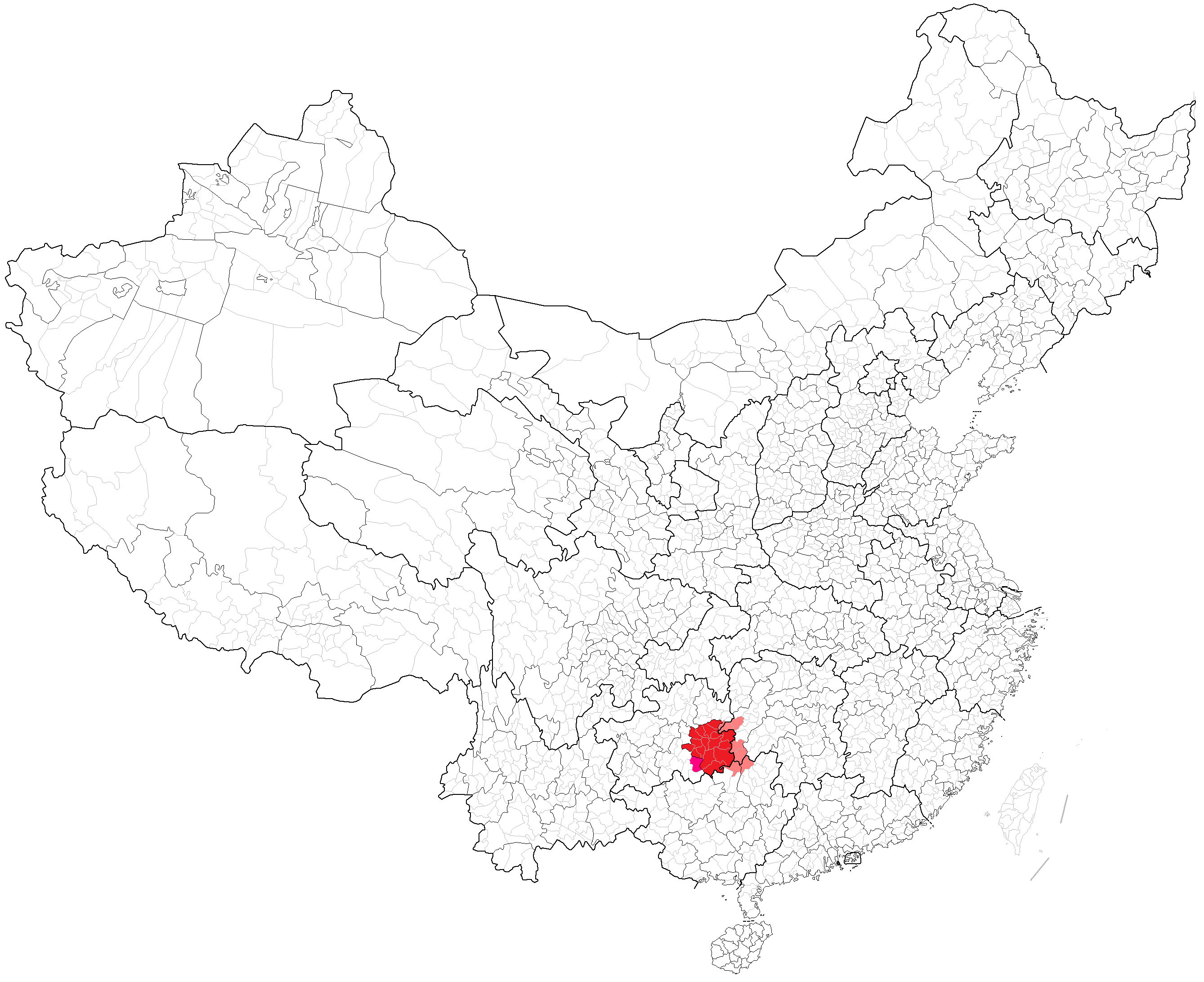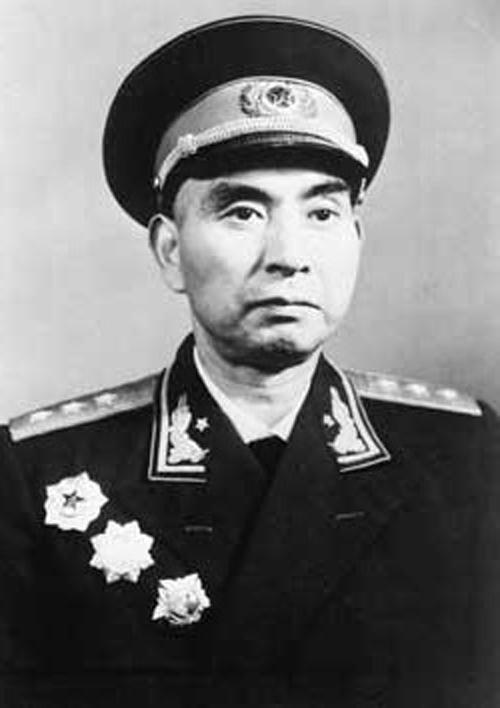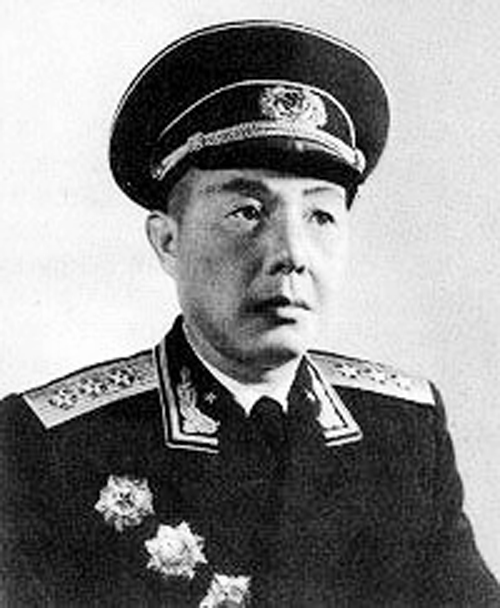|
Guizhou
) , image_skyline = , image_caption = , image_map = Guizhou in China (+all claims hatched).svg , mapsize = 275px , map_alt = Map showing the location of Guizhou Province , map_caption = Map showing the location of Guizhou Province , coordinates = , subdivision_type = Country , subdivision_name = China , named_for = Gui - Gui Mountains ''zhou (political division), zhou'' (prefecture) , seat_type = Capital , seat = Guiyang , seat1_type = Largest city , seat1 = Zunyi , parts_type = Divisions , parts_style = para , p1 = 9 Prefectures of China, prefectures , p2 = 88 Counties of China, counties , p3 = 1539 Townships of China, townships , government_type = Provinces of China, Province , governing_body = Guizhou Provincial People's Congress , leader_title = Party Secretary of Guiz ... [...More Info...] [...Related Items...] OR: [Wikipedia] [Google] [Baidu] |
Miao People
Miao is a word that the Chinese use to designate some ethnic minority groups living in southern China and Mainland Southeast Asia. Miao is thus officially recognized by the Chinese government as one of the largest ethnic minority groups that has more than 56 official ethnicities and dialects. The Miao live primarily in the mountains of southern China. Their homeland encompasses the provinces of Guizhou, Yunnan, Sichuan, Hubei, Hunan, Guangxi, Guangdong, and Hainan. Some sub-groups of the Miao, most notably the Hmong people, have migrated out of China into Southeast Asia (Myanmar, Northern Vietnam, Laos, and Thailand). Following the communist takeover of Laos in 1975, a large group of Hmong refugees resettled in several Western nations, mainly in the United States, France, and Australia. Miao is a Chinese term, while the component groups of people have their own autonyms, such as (with some variant spellings) Hmong, Hmu, Xong (Qo-Xiong), and A-Hmao. These people (except th ... [...More Info...] [...Related Items...] OR: [Wikipedia] [Google] [Baidu] |
Buyei People
The Bouyei (also spelled ''Puyi'', ''Buyei'' and ''Buyi''; , or "Puzhong", "Burao", "Puman"; ; ) are an ethnic group living in Southern Mainland China. Numbering 3.5 million, they are the 10th largest of the 56 ethnic groups officially recognized by the People's Republic of China. The Bouyei primarily live in the Qianxinan and Qiannan prefectures of southern Guizhou Province, as well as in Yunnan and Sichuan provinces and the Guangxi Zhuang Autonomous Region. Some 3,000 Bouyei also live in Northern Vietnam, where they are one of that nation's 54 officially recognized ethnic groups. In Vietnam, they are located in Mường Khương District of Lào Cai and Quản Bạ District of Hà Giang Province. Names The Bouyei consist of various subgroups. Below are their autonyms written in the International Phonetic Alphabet with numerical Chao tones. *', *', *', *', *', *', *', *', Some clans within the Bouyei groups include: *', *', *', In Congjiang County, Guizhou ... [...More Info...] [...Related Items...] OR: [Wikipedia] [Google] [Baidu] |
Guiyang
Guiyang; Mandarin pronunciation: ; Chinese postal romanization, alternatively as Kweiyang is the capital of Guizhou, Guizhou province in China. It is centrally located within the province, on the Yunnan–Guizhou Plateau, eastern part of the Yunnan–Guizhou Plateau, and sits on the north bank of the Nanming River, a tributary of the Wu River (Yangtze tributary), Wu River. The city is situated at an elevation of approximately and covers an area of . According to the 2020 census, Guiyang had a total population of 5,987,018, with 4,506,134 lived in its six #Administrative divisions, urban districts. Guiyang has a humid subtropical climate and is surrounded by mountains and forests. The area has been inhabited since at least the Spring and Autumn period and officially became the provincial capital in 1413, during the Ming dynasty (not the Yuan dynasty, as the Yuan ended in 1368). The city is home to a significant Miao people, Miao and Bouyei people, Bouyei ethnic minority populatio ... [...More Info...] [...Related Items...] OR: [Wikipedia] [Google] [Baidu] |
Zunyi
Zunyi ( zh, s=遵义 , t=遵義 , p=Zūnyì) is a prefecture-level city in northern Guizhou province, People's Republic of China, situated between the provincial capital Guiyang to the south and Chongqing to the north, also bordering Sichuan to the northwest. Along with Guiyang and Liupanshui, it is one of the most important cities of the province. The metro area is made of three urban districts of the city, Huichuan, Honghuagang, and Bozhou, had a population of 2,360,549 people; and the whole prefecture, including 14 county-level administration area as a whole, had a population of 6,606,675 at the 2020 census. Zunyi is known for being the location of the Zunyi Conference in 1935, where Mao Zedong was first elected to the leadership of the Chinese Communist Party during the Long March. History The area of Zunyi was originally inhabited by the Tongzi people during the Paleolithic. Later, its territory was a part of several kingdoms. Zunyi was considered to be the center of th ... [...More Info...] [...Related Items...] OR: [Wikipedia] [Google] [Baidu] |
Dong People
The Kam people ( Kam: , ), officially known in China as Dong people (), are a Kam–Sui people and one of the 56 ethnic groups officially recognized by the People's Republic of China. They live mostly in eastern Guizhou, western Hunan and northern Guangxi. Small pockets of Kam speakers are found in Tuyên Quang Province in Vietnam. They are famed for their native-bred Kam Sweet Rice (), carpentry skills and unique architecture, in particular a form of covered bridge known as the "wind and rain bridge" (). The Kam people call themselves ''Kam'', ''Geml'', ''Jeml'' or ''Gaeml''. History The Kam are thought to be the modern-day descendants of the ancient Rau peoples who occupied much of southern China.D. Norman Geary, Ruth B. Geary, Ou Chaoquan, Long Yaohong, Jiang Daren, Wang Jiying (2003). ''The Kam People of China: Turning Nineteen''. (London / New York, RoutledgeCurzon 2003). . Kam legends generally maintain that the ancestors of the Kam migrated from the east. According to ... [...More Info...] [...Related Items...] OR: [Wikipedia] [Google] [Baidu] |
Governor Of Guizhou
The governor of Guizhou, officially the Governor of the Guizhou Provincial People's Government, is the head of Guizhou, Guizhou Province and leader of the Guizhou Provincial People's Government. The governor is elected by the Guizhou Provincial People's Congress, and responsible to it and its Standing Committee. The governor is a Civil service of the People's Republic of China, provincial level official and is responsible for the overall decision-making of the provincial government. The governor is assisted by an executive vice governor as well as several vice governors. The governor generally serves as the deputy secretary of the Guizhou Provincial Committee of the Chinese Communist Party and as a member of the Central Committee of the Chinese Communist Party, CCP Central Committee. The governor the second-highest ranking official in the province after the Party Secretary of Guizhou, secretary of the CCP Guizhou Committee. The current governor is Li Bingjun, who took office on 24 ... [...More Info...] [...Related Items...] OR: [Wikipedia] [Google] [Baidu] |
Yi People
The Yi or Nuosu people (Nuosu language, Nuosu: , ; see also #Names and subgroups, § Names and subgroups) are an ethnic group in South China, southern China. Numbering nine million people, they are the seventh largest of the 55 Ethnic minorities in China, ethnic minority groups recognized by the Government of China, Chinese government. They live primarily in rural areas of Sichuan, Yunnan, Guizhou, and Guangxi, usually in mountainous regions. The Liangshan Yi Autonomous Prefecture is home to the largest population of Yi people within China, with two million Yi people in the region. In neighbouring Vietnam, , there are 4,827 Lô Lô people (a subgroup of the Yi) living in the Hà Giang Province, Hà Giang, Cao Bằng Province, Cao Bằng, and Lào Cai Province, Lào Cai provinces, in the country's north. The Yi speak various Loloish languages, closely related to Burmese language, Burmese. The prestige variety is Nuosu language, Nuosu, which is written in the Yi script. Locatio ... [...More Info...] [...Related Items...] OR: [Wikipedia] [Google] [Baidu] |
Xu Lin (born 1963)
Xu Lin (; born June 1963) is a Chinese politician, who is currently serving as the Party secretary of Guizhou. Previously he served as director of the State Council Information Office and director of the National Radio and Television Administration. He also served as the main official in charge of internet policy, the head of the Cyberspace Administration of China, from June 2016 to July 2018. Xu was previously the head of the Shanghai propaganda department and later Chinese Communist Party Committee Secretary of Pudong. Biography Xu Lin was born in Shanghai in June 1963. He was graduated from Shanghai Normal University and joined the Chinese Communist Party (CCP) in September 1982. Xu was the teacher of Zhoupu High School (), and the CCP standing committee member and acting deputy county chief in Nanhui County at the age of 29. Later, he became the CCP deputy secretary of Jiading District. In 1995, he became deputy secretary of Shigatse Prefecture in Tibet. Xu returned to Sha ... [...More Info...] [...Related Items...] OR: [Wikipedia] [Google] [Baidu] |
Party Secretary Of Guizhou
The secretary of the Guizhou Provincial Committee of the Chinese Communist Party is the Party leader, leader of the Guizhou Provincial Committee of the Chinese Communist Party, Guizhou Provincial Committee of the Chinese Communist Party (CCP). As the CCP is the One-party state, sole ruling party of the China, People's Republic of China (PRC), the secretary is the highest ranking post in Guizhou. The secretary is officially appointed by the Central Committee of the Chinese Communist Party, CCP Central Committee based on the recommendation of the Organization Department of the Chinese Communist Party, CCP Organization Department, which is then approved by the Politburo of the Chinese Communist Party, Politburo and its Politburo Standing Committee of the Chinese Communist Party, Standing Committee. The secretary can be also appointed by a plenary meeting of the Guizhou Provincial Committee, but the candidate must be the same as the one approved by the central government. The secretary ... [...More Info...] [...Related Items...] OR: [Wikipedia] [Google] [Baidu] |
Tujia People
The Tujia (Tujia language, Northern Tujia: ''Bifjixkhar'' / ''Bifzixkar'', International Phonetic Alphabet, IPA: , Southern Tujia: ''Mongrzzir'', ; ) are an ethnic group and, with a total population of over 8 million, the eighth-largest Ethnic minorities in China, officially recognized List of ethnic groups in China, ethnic minority in the China, People's Republic of China. They live in the Wuling Mountains, straddling the common borders of Hunan, Hubei and Guizhou Provinces of China, Provinces and Chongqing Direct-controlled municipality, Municipality. The Exonym and endonym, endonym ''Bizika'' means "native dwellers". In Chinese, ''Tujia'' literally means "local families", in contrast to the Hakka people, Hakka (), whose name literally means "guest families" and implies migration. Origins Although there are different accounts of their origins, the Tujia may trace their history back over twelve centuries, and possibly beyond to the ancient Ba (state), Ba people who occupied th ... [...More Info...] [...Related Items...] OR: [Wikipedia] [Google] [Baidu] |
Zhao Yongqing
Zhao Yongqing (; born April 1963) is a Chinese politician, serving as chairman of the Guizhou Provincial Committee of the Chinese People's Political Consultative Conference since 2023. Zhao was a representative of the 19th National Congress of the Chinese Communist Party. He is a member of the 14th National Committee of the Chinese People's Political Consultative Conference. Early life and education Zhao was born in Linqu County, Shandong, in April 1963. In 1980, he entered Changwei Normal School, where he majored in Chinese language and literature. After graduating in 1982, he taught at Anqiu County No.4 High School. He obtained his master's degree in public administration from Nanjing Agricultural University in 2010. Career Career in Shandong Zhao got involved in politics in September 1987, when he was named a standing committee member of Changle County Federation of Trade Unions and head of its Production Protection Department. He joined the Chinese Communist Party (CC ... [...More Info...] [...Related Items...] OR: [Wikipedia] [Google] [Baidu] |







